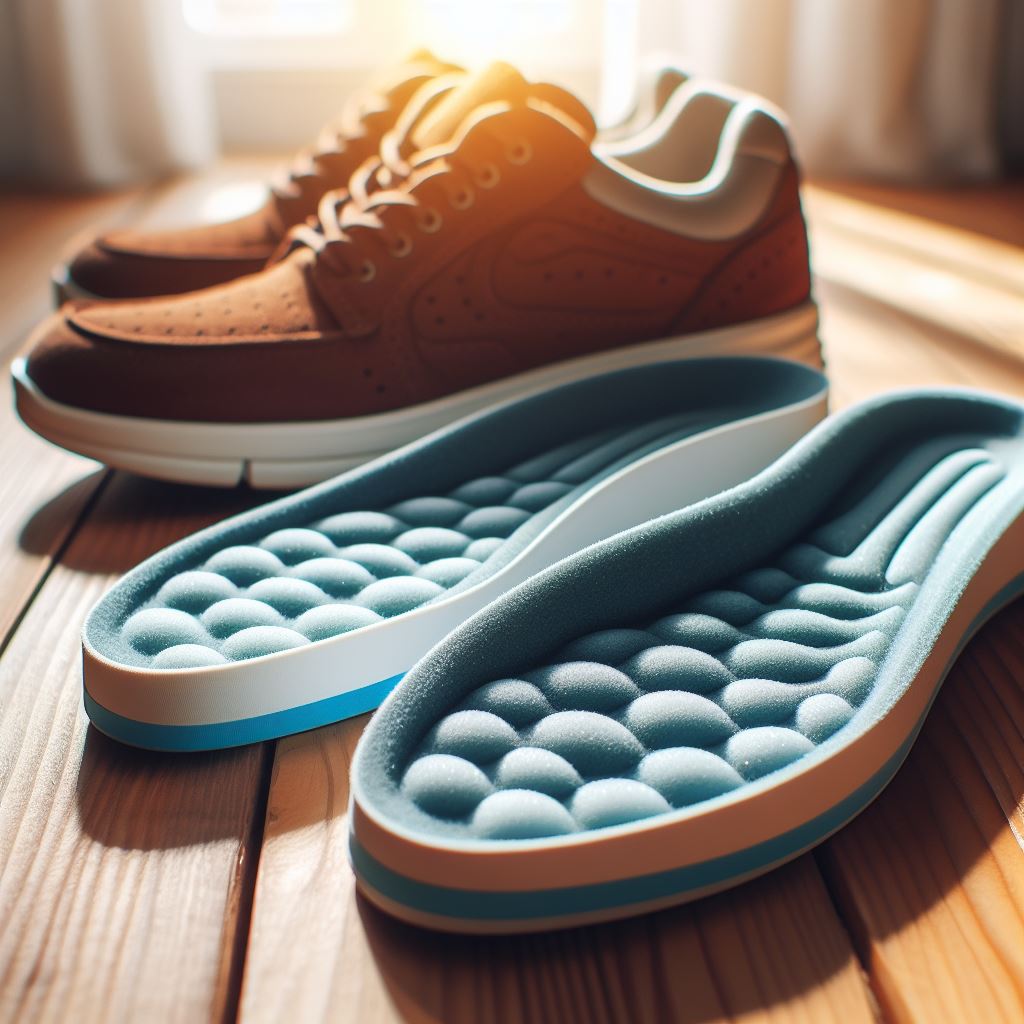Insoles are an essential component of footwear, providing cushioning, support, and comfort to the feet. However, like any other part of a shoe, insoles have a limited lifespan and will eventually wear out over time. Understanding how long insoles typically last and recognizing signs of wear can help you determine when it’s time to replace them. In this article, we’ll explore the factors that affect the lifespan of insoles and provide practical tips for extending their durability.

What Are Insoles?
Insoles, also known as shoe inserts or footbeds, are removable layers of material placed inside shoes to provide additional support, cushioning, and stability. They come in various shapes, sizes, and materials to accommodate different foot types and address specific foot issues such as arch support, heel pain, and pronation.
Factors Affecting Lifespan
Several factors can influence how long insoles last:
1. Material Quality:
The quality of the materials used to manufacture the insoles plays a significant role in their durability. High-quality materials such as memory foam, gel, and EVA foam tend to last longer and maintain their shape and supportiveness over time.
2. Usage Frequency:
The frequency and intensity of use are key determinants of insole lifespan. Insoles that are worn daily or during high-impact activities like running or sports may wear out more quickly than those used infrequently or for light walking.
3. Footwear Type:
The type of footwear in which the insoles are used can impact their longevity. Insoles placed in athletic shoes that undergo repetitive stress and impact may wear out faster than those in casual or dress shoes.
4. Foot Type and Gait:
Individual factors such as foot type, gait mechanics, and body weight can affect how quickly insoles deteriorate. People with high arches, flat feet, or biomechanical issues may experience faster wear and tear on their insoles.
5. Maintenance and Care:
Proper maintenance and care can help prolong the lifespan of insoles. Regular cleaning, airing out shoes between wears, and using shoe trees or inserts to maintain shape and support can extend the longevity of insoles.
Signs That Insoles Need Replacement
Recognizing when it’s time to replace your insoles is essential for preventing discomfort and foot-related issues. Here are some common signs that indicate insoles are worn out:
1. Loss of Cushioning:
Insoles that have lost their cushioning and supportiveness no longer provide adequate shock absorption and comfort, leading to foot fatigue and discomfort during prolonged standing or walking.
2. Visible Wear and Tear:
Look for visible signs of wear and tear such as flattened or compressed areas, cracks, or fraying along the edges of the insoles. These indicate that the material is breaking down and no longer effectively supporting the feet.
3. Foot Pain or Discomfort:
Persistent foot pain, discomfort, or new onset of foot-related issues such as arch pain, heel pain, or plantar fasciitis may indicate that the insoles are no longer providing sufficient support and need to be replaced.
4. Odor and Hygiene Issues:
Insoles that have become excessively worn or absorbent may develop unpleasant odors or harbor bacteria and fungi, leading to hygiene issues and increased risk of foot infections.
Extending the Lifespan of Insoles
While insoles will eventually wear out, there are steps you can take to extend their lifespan:
- Rotate Insoles: Alternate between multiple pairs of insoles to distribute wear more evenly and allow each pair to recover between uses.
- Keep Feet Dry: Moisture can accelerate the breakdown of insole materials, so keep feet clean and dry to prevent excessive sweat and moisture buildup.
- Replace Regularly: As a general guideline, consider replacing insoles every 6 to 12 months or when signs of wear and discomfort become noticeable.
- Choose Quality: Invest in high-quality, durable insoles made from premium materials to ensure longer-lasting support and comfort.
By understanding the factors that influence insole lifespan and recognizing signs of wear, you can effectively manage the longevity of your insoles and maintain optimal foot health and comfort. Regular inspection, maintenance, and timely replacement of insoles are essential for ensuring continued support and performance in your footwear.
Also read: How to Wash White Clothes: Keeping Your Whites Bright



